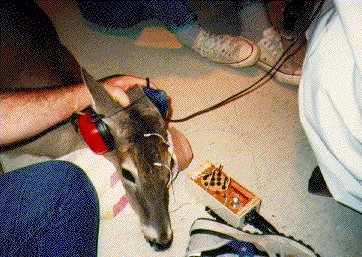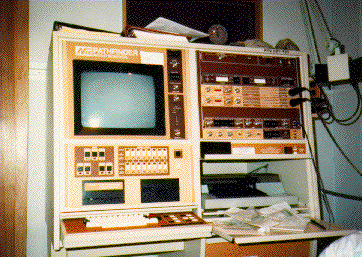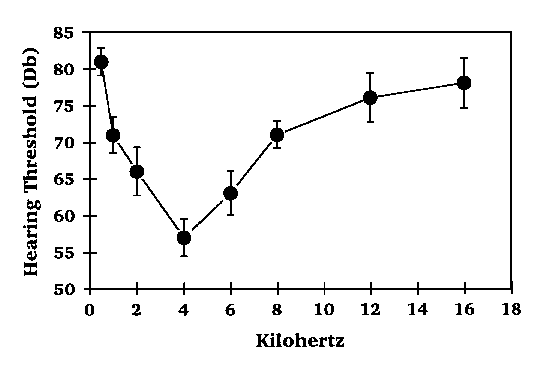The advertisements above are Google-sponsored.
Clicking on them and clicking on things inside those
advertisements helps support this website.
...AND....and thanks also, for your donations!
Deer Whistles
https://bmwmotorcycletech.info/deerwhistles.htm
Dr. Risenhoover was responsible for the research, with associates, see below. Dr. Ken L. Risenhoover, Department of Wildlife & Fisheries Sciences, Texas A&M University at (409) 845-9837 krisenhoover@portblakely.com
Misspellings & typographical errors are just as they came to me in the original. Font and layout changed for clarity.
Snowbum claims no copyright for the information on this webpage.
Hearing Sensitivity in White-tailed Deer
Ken Risenhoover, Jon Hunter, Roy Jacobson, and Glenn Stout
Although white-tailed deer (Odocoileus virginianus) vocalizations have been recorded and described, virtually nothing is known about "audition" or the range of hearing by deer and other ungulates. To address this need, I conducted some controlled experiments in collaboration with Dr. Jon Hunter at the College of Veterinary Medicine at Texas A&M University. Audiograms were determined for 5 bottle-raised adult white-tailed deer (3 males, 2 females). While anesthesticized, deer brainstem evoked potentials were recorded from the frontal sinus, vertex, and dorsal border of the zygomatic arch.

Stimuli consisted of 45-ms pure-tone pips (2 ms rise and fall time) from a McNaural SM-400 amplifier connected to a Nicolet Biomedical Instruments "Pathfinder II" and were delivered using Amplivox audiocup earphones held against the deers ears. Evoked potentials were recorded at intensity levels of up to 95 dB for frequencies of 0.5, 1, 2, 4, 6, 8, 12 and 16 Khz. Estimates of thresholds of hearing sensitivity for each frequency were based on averages for 1000 recorded responses.

Evoked potentials were detected and recorded at intensity levels of up to 85 dB in a frequency range of 0.5 to 12 Khz. At intensity levels of 95 dB a response was obtained at 16 Khz. Evoked potentials from the 5 deer tested indicated that the range of greatest hearing sensitivity was between 1 and 8 Khz, with a marked peak centered at 4 Khz. Results from audiograms compared favorably with the sound characteristics of recorded deer vocalizations reported from the literature which range between 1 & 9 Khz.

In the interest of reducing deer-vehicle collisions, several manufacturers have developed "deer whistles" which can be mounted on the front bumper of an automobile. Manufacturer's claim that these whistles emit ultrasonic sounds that are frightening to deer, and they claim that their use will significantly reduce the rate of deer-vehicle collisions. Reportedly, several insurance companies are offering discounts to policy holders if they install these devices on their automobiles. In Kentucky, and elsewhere, state troopers are being required to use these devices on their patrol cars. However, given the lack of information on deer hearing range and audition, it seems unlikely that the efficacy of these devices has ever been evaluated. Research by Dr. Larry Marchington and his colleagues conducted at the University of Georgia suggests that deer whistles mounted on cars did not emit recordable sounds. When hand-held, these devices were capable of creating a high frequency sound in the 18 to 20 Khz range. However, researchers were unable to elicit any overt behavioral response by deer to these whistles, even when standing only a view meters away.
"Based on our research at Texas A&M, and the studies conducted by Dr. Marchington at the University of Georgia, it seems very unlikely that deer whistles will be effective at reducing deer-vehicle accidents"
Return to Technical Articles LIST Page
Last check/edit: Monday, December 07, 2020